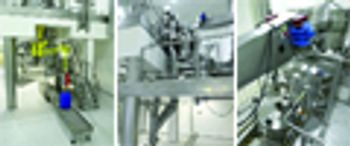Paper batch records have been used for decades to record procedures, the type and quantity of each material used, and the status of each step in the manufacturing process for both pharmaceuticals and medical devices. Although paper batch records are less complicated to implement than their electronic counterparts, and the controls required for data recording and archival are well understood, a paper batch record system is laborious to maintain and prone to human error, which increases the compliance risk. Additionally, batch records have become bulky and more time consuming to prepare and review, particularly as manufacturing operations become increasingly complicated. Advances in technology and science have created a more competitive climate in life science industries than ever before, causing the need for manufacturers to reduce costs and time-to-market, and improve their ability to satisfy the compliance requirements of US Food and Drug Administration (FDA) regulations. The use of electronic batch recording systems (EBRS) and electronic batch records (EBR) offers one solution.


















